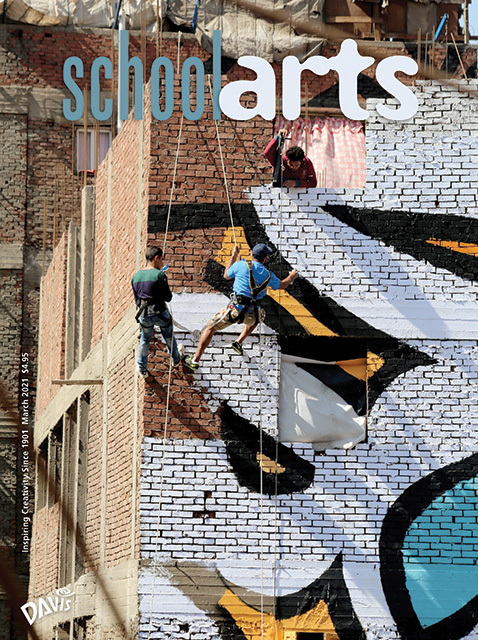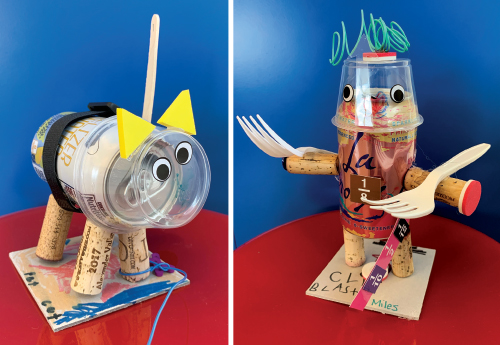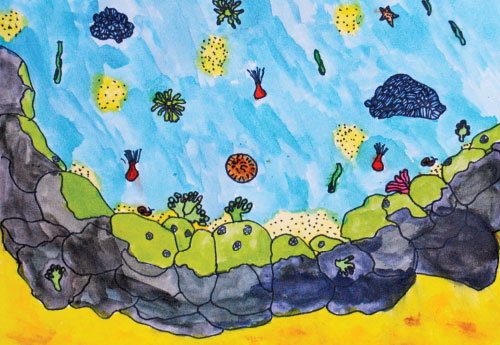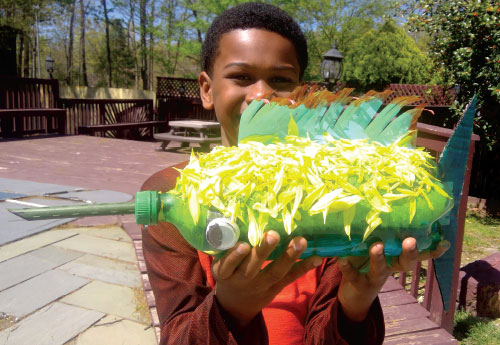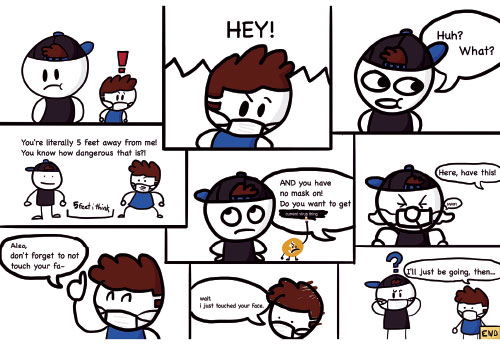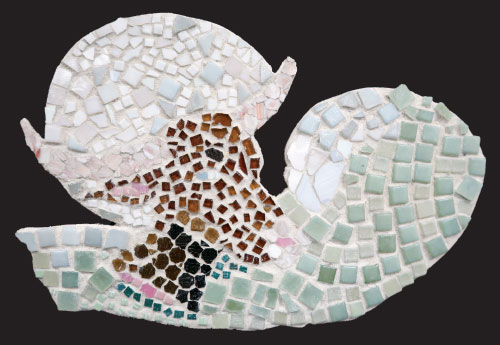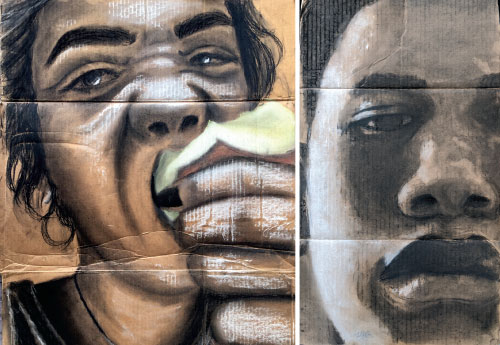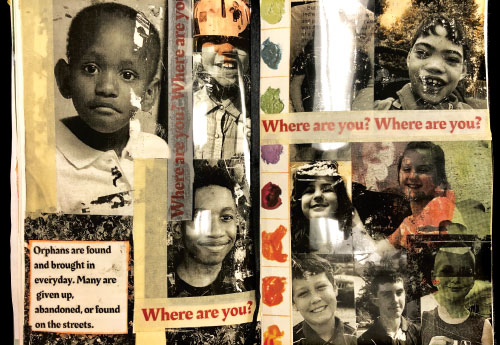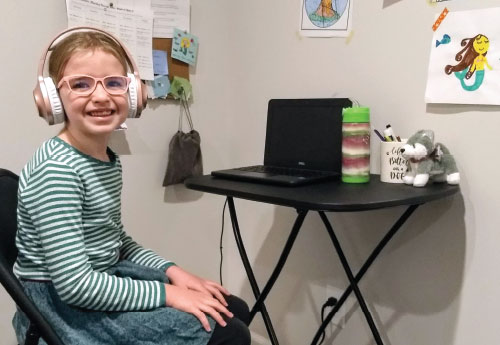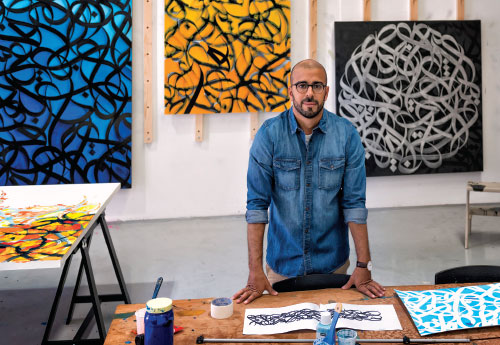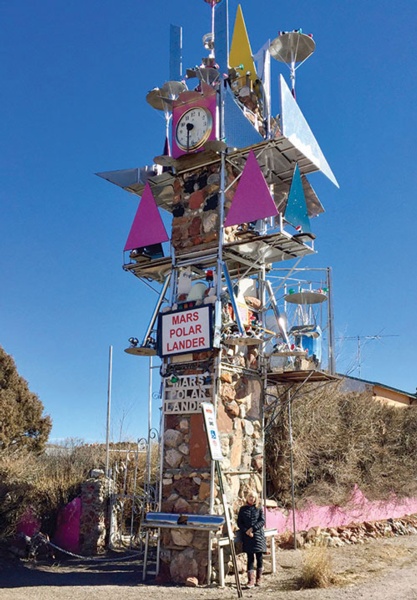
Editor’s Letter: Environment
Have you noticed changes in your natural environment over time? When I was a child, we lived in the middle of the woods in Louisiana, and my siblings and I spent most of our time outdoors there. I was very interested in birds (I wanted to be an ornithologist) and observed and drew them from life whenever I could. Looking back, I remember robins, cardinals, blue jays, woodpeckers, wrens, titmice, nuthatches, chickadees, kingfishers, ducks, red-winged blackbirds, and many more birds I hardly ever see now.
Read Article
